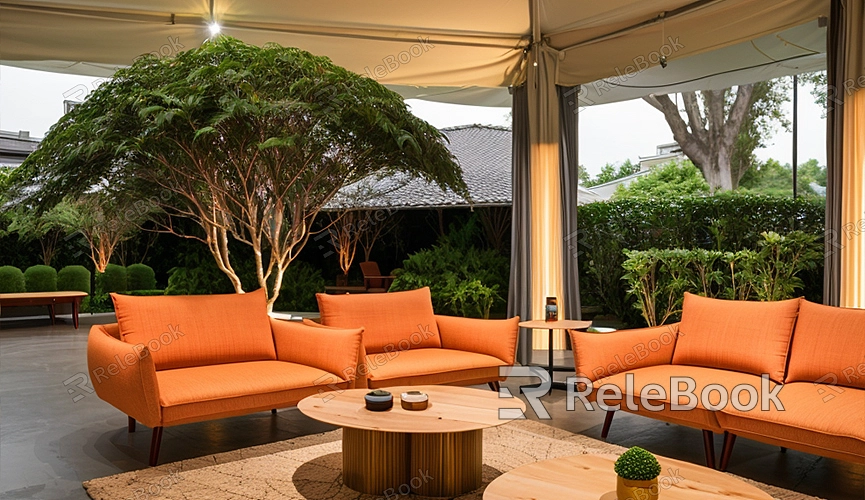How to Add More Render Engines to Blender
Blender is a powerful open-source 3D modeling and rendering software that is widely loved by 3D artists and designers. Although Blender comes with powerful Cycles and Eevee render engines, there are times when you might need to use other render engines to meet the specific needs of your projects. This article will detail how to add more render engines to Blender, helping you expand Blender's rendering capabilities.
Choosing the Right Render Engine
Before adding a render engine, you need to choose one that suits your needs. There are many popular render engines available, such as Arnold, OctaneRender, LuxCoreRender, and more. Each render engine has its unique features and advantages. Choosing the right one can improve your workflow efficiency and render quality.

Installing the Render Engine
1. Download the Render Engine
Most render engines have official download pages where you can get the latest version. For example, visit the official websites of Arnold, OctaneRender, LuxCoreRender, and others to download the version compatible with your operating system.
2. Install the Render Engine
After downloading, follow the installation instructions specific to the render engine. Generally, the installation process is straightforward; just follow the prompts in the installation wizard. Note that some render engines might require additional plugins or dependencies. Be sure to follow the official documentation to complete all necessary steps.
3. Add the Render Engine to Blender
Once installed, open Blender and follow these steps to add the new render engine:
1. Open Blender and click "Edit" in the top menu bar, then select "Preferences."
2. In the Preferences window, select "Add-ons" from the left-hand menu.
3. Click the "Install" button in the upper right corner, then select the render engine plugin file you downloaded.
4. After installation, check the box next to the plugin name to enable it.
Configuring the Render Engine
1. Set the Render Engine
After installing and enabling the new render engine plugin, return to Blender's main interface. Click "Render" in the top menu bar, then select the newly installed render engine from the dropdown menu. Now you can use the new render engine for rendering in Blender.
2. Adjust Render Settings
Different render engines may have different settings. Adjust these settings according to your project needs to achieve the best render results. Common settings include resolution, sample count, lighting, and material settings. Refer to the render engine's official documentation to understand the specific functions and best practices for each setting.
3. Perform Test Renders
After configuring the render engine and settings, perform a test render to ensure everything is working correctly. Test renders help identify potential issues, allowing you to make adjustments and optimizations before the final render.
Optimizing Render Effects
1. Use High-Quality Textures and HDRIs
High-quality textures and HDRIs can significantly improve render effects, making your models more realistic and detailed. If you need a variety of high-quality 3D textures, HDRIs, or 3D model downloads for creating models and virtual scenes, you can download them from Relebook. After downloading, you can directly import the textures and 3D models into your project.
2. Adjust Lighting and Materials
Lighting and materials have a crucial impact on render effects. Use Blender's lighting tools and material editor to adjust the intensity, color, and angle of the lights, as well as the reflection, transparency, and texture parameters of the materials to achieve the best render results.
3. Optimize Render Settings
Different render settings affect render time and quality. Adjust sample count, resolution, and anti-aliasing settings according to project needs to balance render time and quality. Note that excessively high settings can lead to long render times, while too low settings might compromise render quality.
With this guide, you should now understand how to add more render engines to Blender, configure them, and optimize render effects. These methods can help you achieve better results in your 3D modeling and rendering projects.
If you need high-quality 3D textures, HDRIs, or 3D model downloads for creating models and virtual scenes, you can download them from Relebook. After downloading, you can directly import the textures and 3D models into your project for use.

